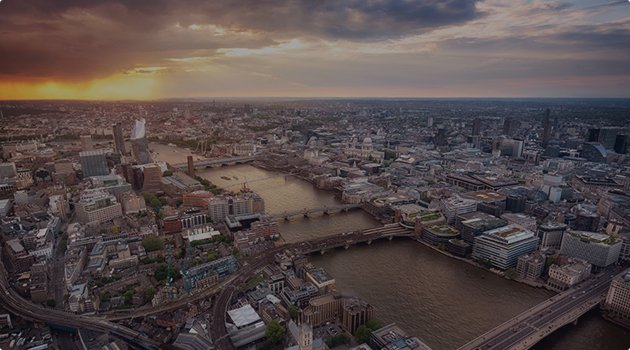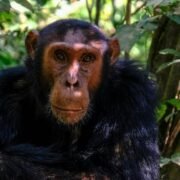
Hippopotamus in Uganda: Where to See Hippos in the Wild

Hippopotamus in Uganda are among the most iconic wildlife species tourists encounter on safari. These massive semi-aquatic mammals are commonly seen in rivers, lakes, and wetlands across Uganda’s national parks. A boat safari on the Kazinga Channel or Victoria Nile offers unforgettable close-up encounters with pods of hippos in their natural habitat.
Types of Hippopotamus in Uganda
Uganda is home to the common hippopotamus (Hippopotamus amphibius). Unlike the pygmy hippo found in West Africa, this is the only species native to Uganda. These animals are incredibly social, living in groups of up to 30 individuals called pods.
Physical Traits of Uganda’s Hippos
Hippos are the third-largest land mammal after elephants and rhinos. Males weigh up to 3,200 kg (7,000 lbs), while females weigh around 1,500 kg (3,300 lbs).
Key characteristics:
- Thick gray or brown skin that secretes a pinkish, natural sunscreen.
- Large tusks and powerful jaws that open over 150 degrees.
- Eyes, ears, and nostrils on the top of their heads for easy breathing when submerged.
These adaptations make the hippopotamus in Uganda perfectly suited to life in rivers and lakes.
Hippopotamus Breeding and Gestation Period
Hippos in Uganda breed throughout the year, but conception is more common during the dry season. Mating occurs in the water, and females give birth after a gestation period of about 8 months.
- Calves are born underwater and weigh around 25–50 kg (55–110 lbs).
- Mothers are fiercely protective, keeping calves close by for nursing and safety.
- As a result, calves often ride on their mother’s back in deeper water for protection.
Where to See Hippopotamus in Uganda
The best places to see hippopotamus in Uganda are national parks with major rivers or lakes. These include:
1. Queen Elizabeth National Park
- Home to the Kazinga Channel, one of the best spots to see hippos in all of Africa.
- Over 2,000 hippos live along the 32 km channel.
- Take a boat safari for up-close views of massive pods.
2. Murchison Falls National Park
- Hippos thrive along the Victoria Nile, especially below Murchison Falls.
- You’ll often spot them on a boat cruise to the falls or while fishing.
3. Lake Mburo National Park
- Known for its tranquil scenery and hippo-filled lakes.
- Hippos are easy to spot from boat rides or even lodge verandas.
4. Semuliki National Park
- Lesser-visited but still home to healthy hippo populations.
- Offers a more peaceful, off-the-beaten-path experience.
How to Safely Spot Uganda’s Hippos on Safari
The best way to observe hippos is through boat safaris. These allow you to get close without threatening their space.
Other methods include:
- Guided walking safaris (in designated safe zones)
- Evening game drives near water bodies
- Birding tours, where hippos often appear near the same habitats
💡 Pro Tip: Hippos are most active at night. If your lodge is near a water source, you may hear them grunting or see them grazing at night.
Hippopotamus Population and Conservation in Uganda
Uganda has a healthy hippo population, estimated at over 30,000 individuals across its wetlands and protected areas. The country’s focus on conservation has helped prevent the dramatic population declines seen in some other parts of Africa.
Hippos and Their Role in Uganda’s Ecosystem
Although they appear lazy, hippos are crucial to freshwater ecosystems. Their dung provides essential nutrients for fish and aquatic plants, supporting biodiversity.
However, hippos are extremely territorial and can be dangerous if provoked. They can be dangerous if surprised or provoked, which is why respectful wildlife viewing is vital.
Are Hippos Endangered in Uganda?
The common hippopotamus is listed as “Vulnerable” on the IUCN Red List due to:
- Illegal poaching for ivory-like teeth
- Habitat destruction
- Human-wildlife conflict near farming communities
Uganda’s national parks and Uganda Wildlife Authority (UWA) actively protect hippo populations. Learn more via IUCN Red List.
Interesting Facts About Uganda’s Hippos
- Interestingly, hippos can’t actually swim; they walk along the riverbed.
- For example, hippos can hold their breath for up to 5 minutes underwater.
- Hippos use tail-fanned dung spraying to mark territory.
- Despite their size, they can outrun humans over short distances!
Plan Your Hippopotamus Safari in Uganda
Want to see the hippopotamus in Uganda up close? Here’s how to plan:
Best Time to Visit: Dry seasons (June–August and December–February)
Recommended Parks: Queen Elizabeth, Murchison Falls, Lake Mburo
Best Activity: Boat safari along Kazinga Channel or Victoria Nile
Tour Operator: Book with a trusted Uganda-based safari company
Travel Tip: Carry binoculars and a good zoom camera for best results
Related Article:
Recent Posts
Hartebeest vs Topi in Uganda: Species, Parks & Key Differences
Mountain Gorillas and Chimpanzees in Uganda
Monkeys in Uganda: Species, Parks & Safari Guide
Tags

Thailand




